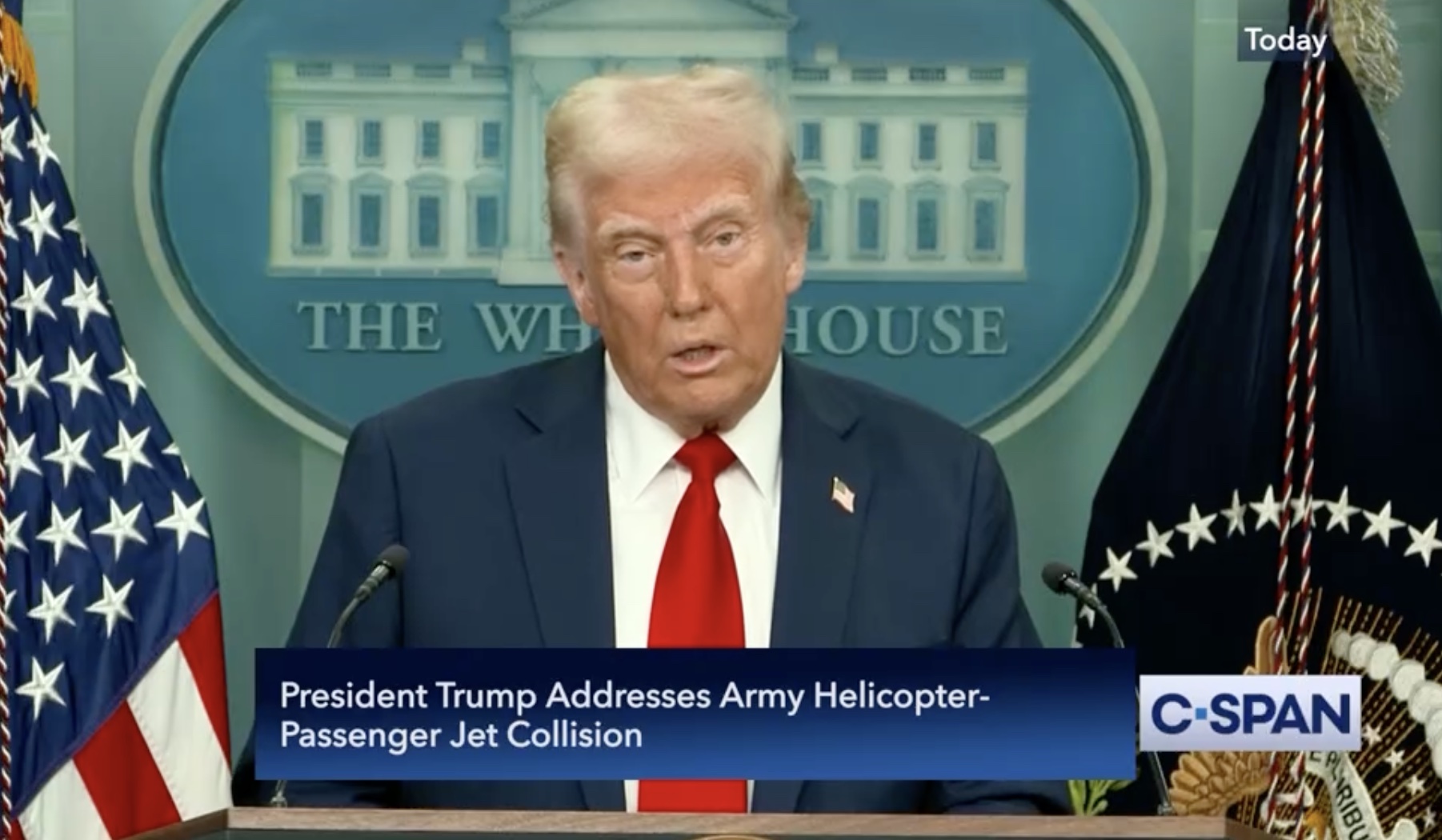John Kearney is a retired philosophy professor who taught at Saint Joseph’s University in Philadelphia, Pennsylvania. He has lived in Waterloo, Iowa for the past six years.
You are a juror in a murder trial, and you are tasked with deciding the innocence or guilt of defendant Robinson. To be convinced of Robinson’s guilt you want “sufficient evidence,” a reason or set of reasons for confidently believing that he is guilty beyond a reasonable doubt. If ten witnesses saw Robinson shoot Johnson and there are no witnesses who saw anything to the contrary, then there are strong reasons (“sufficient evidence”) for believing that Robinson shot Johnson.
But evidence can be “insufficient.” If five witnesses believe it was Robinson who shot Johnson, but five other witnesses believe it was someone who simply looks like Robinson, then the situation becomes problematic. If your verdict hinged solely on eyewitness testimony, you would have grounds for “reasonable doubt.” You would have “insufficient evidence” for finding Robinson guilty.
It is clearly better to have sufficient evidence for your beliefs than to be saddled with insufficient evidence or no evidence at all.
In his recent press conference following the tragic accident near Reagan National airport President Trump claimed “we do not know what led to this crash, but we have some very strong opinions and ideas, and I think we’ll probably state these opinions now.”
He then opined that Diversity, Equity, and Inclusion (DEI) hiring policies at the FAA were a possible cause of the crash. But when asked for the evidence supporting his belief, Trump replied: “It just could have been… We don’t know.”
This struck me as a ridiculous answer. Such a reply does not amount to facts or evidence that sufficiently justify or bolster the claim that DEI policies were to blame.
If I claim that a pain in my abdomen “could” or “might have” been caused by something I ate, all I am saying is that this is a “possible” cause. I am not claiming that it is the “actual” or “real” cause of my pain. The “actual” cause may be indigestion, or an abdominal strain, or a gallbladder attack, or appendicitis, or some other cause or combination of causes. So, at best, Trump’s response was pure speculation! Not anywhere close to “sufficient evidence.”
Trump then went on to castigate the Obama and Biden administrations for putting “policy” over “safety.” He quoted articles that championed DEI policies at the FAA. But when a member of the press challenged Trump’s claim that he had changed DEI policies at the FAA during his first term in office, he offered no evidence to support any such change. Are citizens just supposed to take Trump’s word for this?
But the president was not finished opining.
He went on to claim that the cause of the crash was a “pilot problem,” a “vision” issue. The helicopter pilot should have seen the airliner in its path and should have stopped in its tracks, or turned up or down, so as to avoid being at the wrong place at the wrong time. But Trump was not in the helicopter. So what evidence is there for his claim that “the people on the helicopter should have seen where they were going”?
The Royal Society of London, the oldest scientific academy made up of some of the world’s most renowned scientists, adopted a line from Horace’s Epistles as a motto. That motto is “Nullius in verba,” which means “take nobody’s word for it.” According to the Royal Society’s website, “it is an expression of the determination of Fellows to withstand the domination of authority and to verify all statements by an appeal to facts determined by experiment.”
The National Transportation Safety Board will provide us with their best estimate of the actual cause(s) of the horrific accident at Reagan National airport. Until that report is issued, it would behoove everyone to adhere to the “Nullius in verba” motto. That includes the president of the United States.
Top image: Screenshot from C-SPAN video of President Donald Trump’s January 30 press conference about the helicopter-plane collision near Reagan National Airport.

